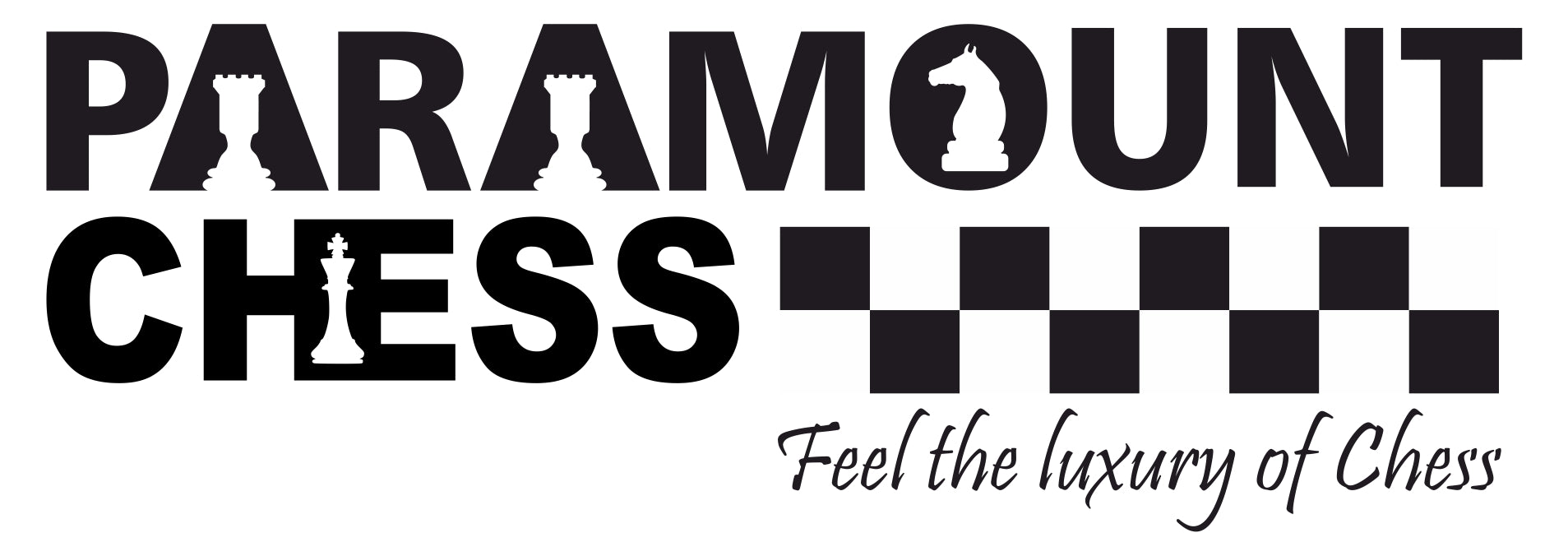
The Kings Gambit is one of the more interesting Gambits involved in the game of chess. It is a very aggressive opening that initially leads to a loss of material, but later on it can be gained back by appropriate play. It also happens to be one of the oldest documented openings in the history of the game. Having stood the test of time is an interesting feat on its own. The codes C30 to C39 of the Encyclopedia of Chess Openings (ECO) correspond to the King’s Gambit. We shall look at the Kings Gambit Declined (KGD) and its Variations.

Some advantages of this opening are:
- It is a very interesting opening to play that is full of surprises
- White always takes the initiative
- Unconventional positional play and intuitive lines
Some disadvantages of this opening are:
- Black has many variations to choose from
- A continuation of the above point, black has many options to get out of this gambit
- There is a high chance that White’s king may become exposed as the game progresses

The moves involved in this opening are
- e4 e5
- f4
White offers its pawn on f4 to black. This is the gambit. The advantage white seeks here is dismantling white’s pawn structure and opening up the black king for attack. The gambit is accepted when black captures the white pawn on f4.
Black also has the option of declining the gambit by playing a variety of moves. This is known as the Kings gambit declined (KGD). The kings gambit declined variation often leads to a fusion of multiple other openings.
One of the most interesting ones of these is the infamous Falkbeer Countergambit. Let us take a quick glance at that.
Falkbeer Countergambit Variation
Interestingly, there is a method by which Black may offer a counter-gambit to the King’s Gambit. There are several reasons for Black to do so. If White does accept the counter gambit, this reverses all the advantages that come with the King’s gambit in the first place. The only tactical advantage for white would be more control of the center of the board. In addition to that, white would have one of it’s pawns progressing deep into enemy territory. Ofcourse this pawn can be easily backed up.

The moves involved in this variation are:
- e4 e5
- f4 d5
- exd5 e4
As you can see here, white has the advantage of a pawn penetrating enemy territory. Unfortunately this line fell out of use in the late 1930s. In its place however, there is another slightly more modern approach to declining the King’s Gambit. This is the Nimzowitsch-Marshall Countergambit. Before digging into this, it might be helpful to learn more about the Nimzowitsch Defence. Check out our article on the Nimzowitsch Defence here:
Nimzowitsch-Marshall Countergambit Variation
Another countergambit! Yes! The Nimzowitsch-Marshal Countergambit gives a modern twist to the classic Falkbeer Countergambit. It offers white the chance to capture its pawn on c6 and exchange it later for the advancement of its knight.

The moves involved in this variation are:
- e4 e5
- f4 d5
- exd5 c6
As stated above, white should accept the gambit. It would be extremely difficult and not feasible to defend the lone pawn so far out into enemy territory. Instead, white should now focus on piece development. Once the black knight arrives on c3, it is directly defending the black pawn on d5. This is the same black pawn that was earlier under attack by the white pawn on f6. As we can see, this gives black a tremendous advantage in piece development and positional play.
The reason black is in a much better position is because, while it has some material loss in the form of pawns, black’s major pieces are free to move as they please. In the hands of the right player, this opening can be utilized to cause massive destruction.
Now that we’ve seen the very interesting countergambit variations, let us learn the classical variation. It may not be as glamourous as the others, but it is surely effective.
Classical Variation
Black does not need White to dictate the play. When white is keen on offering the King’s gambit, the classical variation is a smooth way of transitioning out of the messy battlefield of the King’s gambit. The classical variation gives more preference to the development of the bishop over defending the pawn in the center of the board.

The moves involved in this variation are:
- e4 e5
- f4 Bc5
As we see in the gif above, the black bishop on c5 is directly threatening to attack the white knight on g1. Many players prefer exchanging their first bishop for the opponents’ knight. In addition to that, the presence of the black bishop in the center disables the king from castling on king’s side. Having such a capable piece in the center of the board is superbly advantageous for Black.
Further Reading 1: https://lichess.org/study/SZJNJCKC
Further Reading 2: https://lichess.org/study/SUgplji5




